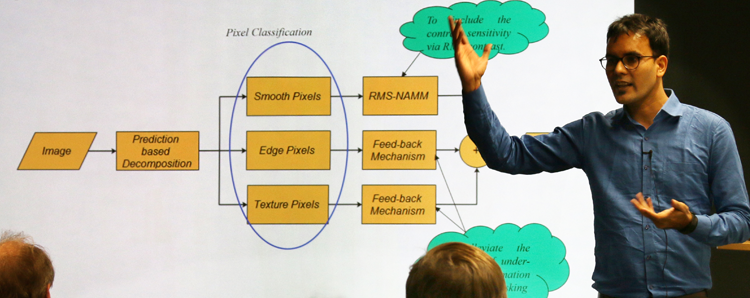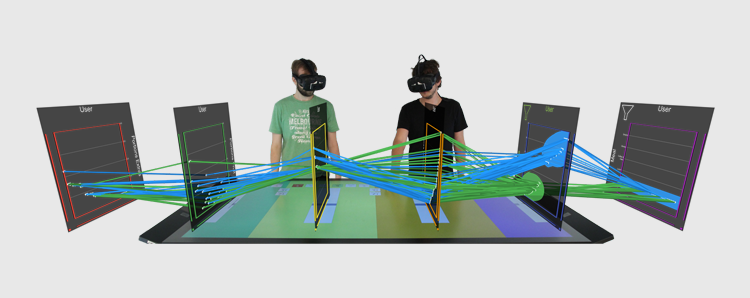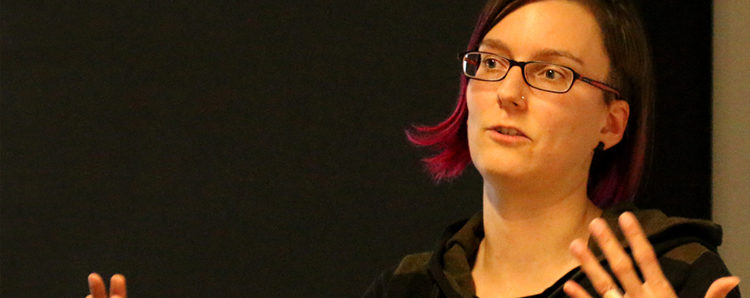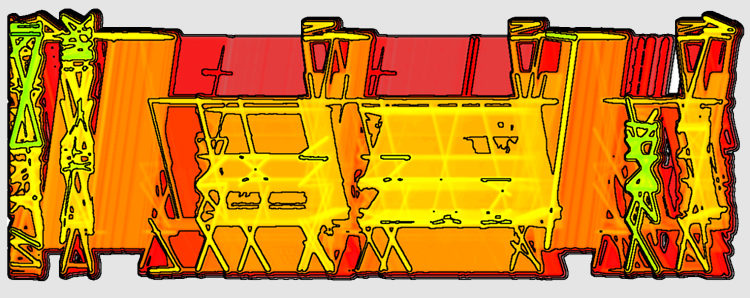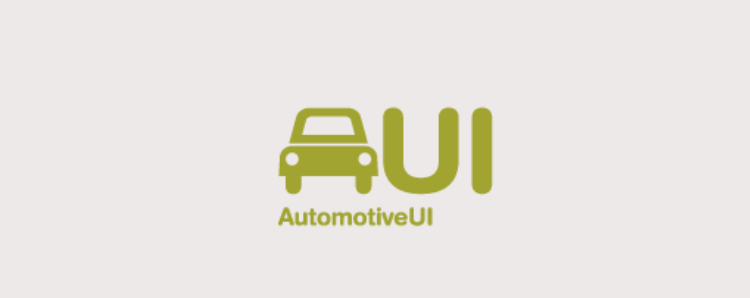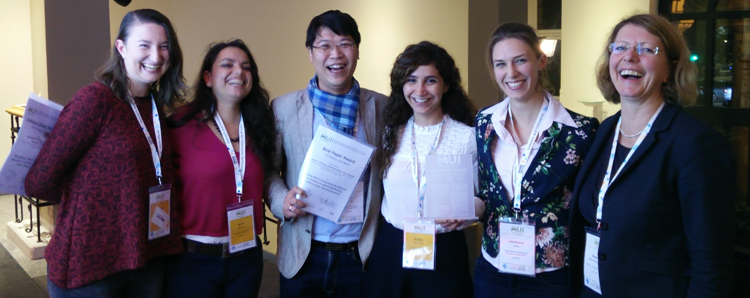During December 2017, I have visited Prof. Dietmar Saupe’s group at the University of Konstanz, Germany. In my first week I had the chance to give a talk about Image quality assessment based on visual perception as part of the Lecture Series “Visual Computing” of the SFB-TRR 161. During the month I was mainly working on the image quality assessment of differently distorted images.
From Bennett University, India to Konstanz – a Short Research Stay
